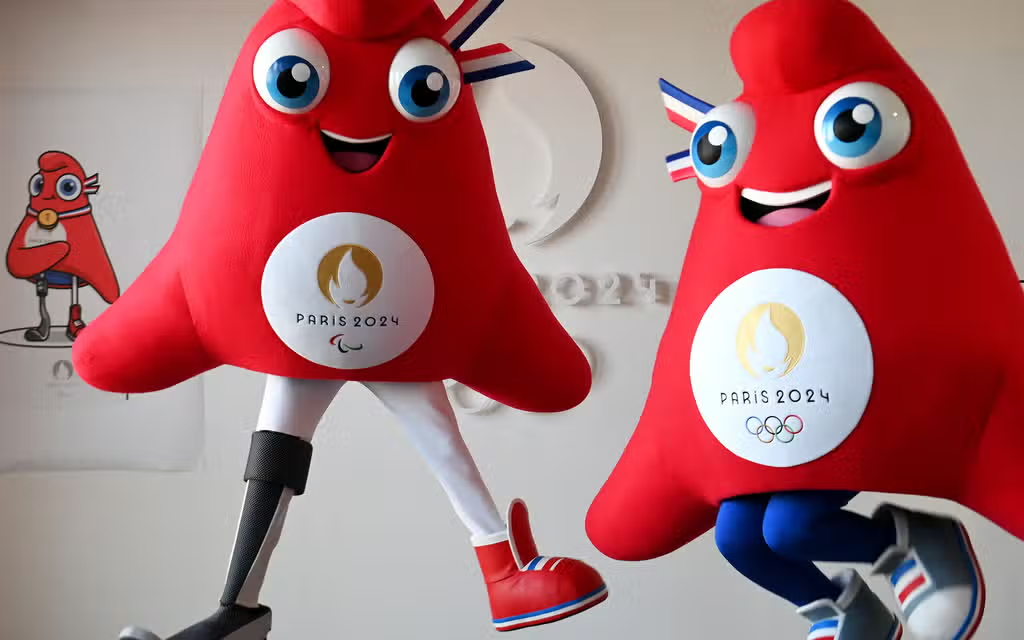The History of Olympic Mascot Design
For over fifty years, Olympic athletes have often been cheered on by mascots representing the host city’s culture and history. These mascots, chosen and finalized years before the Games, aim to spread a festive atmosphere and embody the spirit of the event, according to the International Olympic Committee.
Throughout the decades, mascots have ranged from snowmen and sasquatches to bears and aliens. This year, the mascot is a hat, specifically the red Phrygian cap worn by emancipated Roman slaves and later a symbol of freedom during the French Revolution.
The first Olympic mascot, created by designer Aline Lafargue for the 1968 Grenoble Winter Games in France, was named “Shuss.” Despite its iconic status, Lafargue designed Shuss in just one night. Host countries often hold contests to select mascots, such as the 2014 Sochi Winter Games competition, which received over 24,000 submissions. The winning trio of arctic mammals was chosen by public vote and announced on Russian TV. In contrast, Disney privately designed the mascot for the 1984 Los Angeles Summer Olympics.
Mascots play a crucial role in merchandise sales, so designs aim to be cute and appealing. For instance, the panda mascot Bing Dwen Dwen from the 2022 Beijing Winter Games sold exceptionally well, and Disney’s Sam the eagle from 1984 was crafted to look friendly and appealing to children. Deviations from this trend have sometimes been poorly received, as with the silver cyclops mascots for the 2012 London Games. In a unique moment, the bear mascot Misha went to space on the “Soyuz” rocket in 1978, two years before the 1980 Moscow Games.
Character design becomes especially important during historically significant Games. For example, the 2000 Sydney Olympics featured three mascots, Syd, Olly, and Millie, referencing Sydney, the Olympics, and the Millennium. T-shirts from these Games are still popular on second-hand resale sites today.




